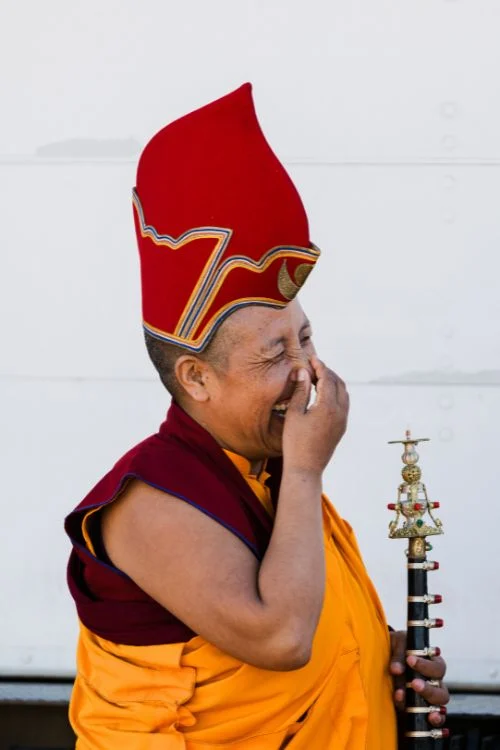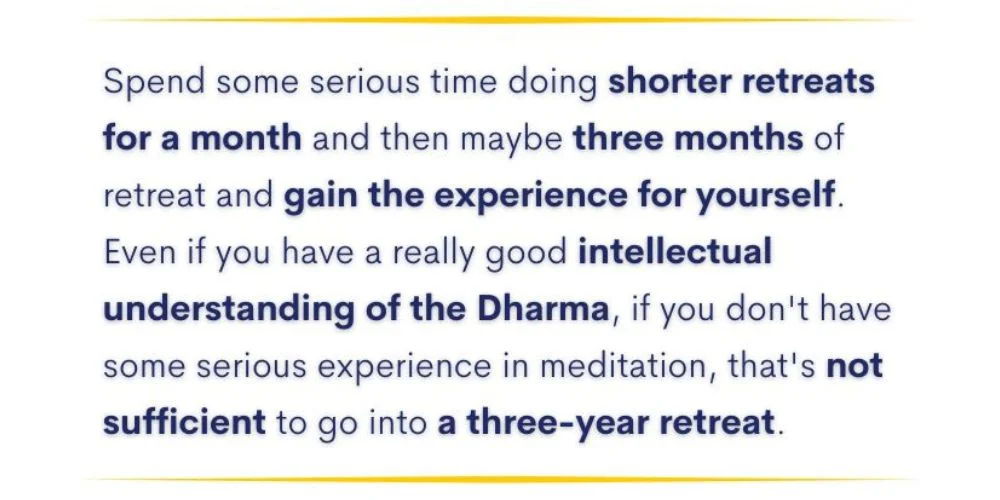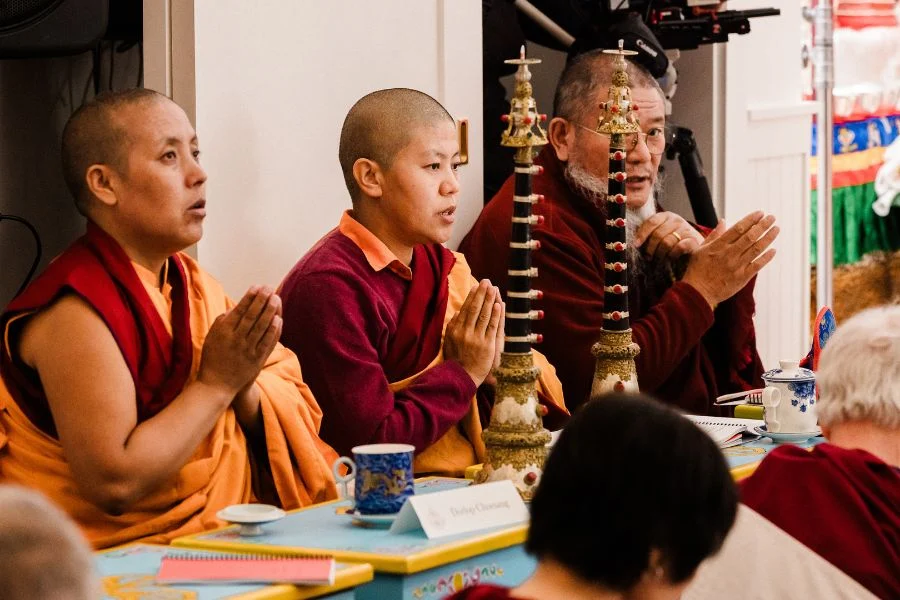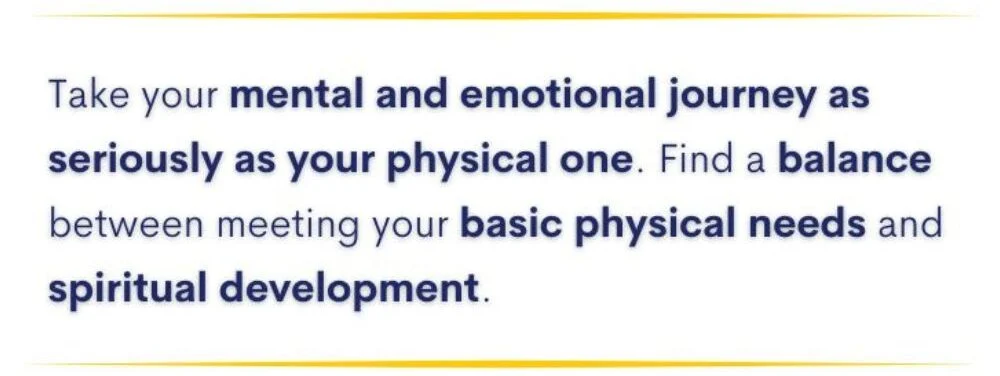Take a look behind the scenes at Namchak, Tibetan Buddhism, and the people entrusted with the teachings of the Namchak lineage in this new series, “Well-acquainted with Wisdom.” This second installment features a discussion between Tibetan Buddhist nun Dorlop Choenyi Sangmo or Dorlop la*, and Amanda Taylor, Digital Content Curator at the Namchak Foundation. They explore Dorlop la’s inspiring journey from Tibet to Nepal, through multiple three-year retreats, and eventually to Montana. Special thanks to Justin Kirkwood, our Tibetan translator, who made this conversation possible.

Early Life
For more than a millennium, Tibetan families often sent their kids to the monastery to become monks or nuns. In other cases, they would do everything to stop a child from pursuing that calling. In Dorlop la’s case, it was the latter. She grew up in a farming village in Shikatse, a subdistrict of Lhasa in Central Tibet, and spent most of her time doing what her family expected of her: working in the fields.
My father passed away when I was young. I had a stepfather, and he didn’t really give us much of a chance to study or learn things. I would secretly carry Dharma texts with me when I was working in the fields. I would keep the texts out of sight and then read and teach myself. I naturally had that inclination to want to practice Dharma. From the age of six, I knew how to say all the prayers, and I would recite the Tara prayers. I always kept my hair short because I wanted to be a nun. That wish was from within me from the beginning.
Escaping Tibet
It took her three attempts to get into Nepal. On the third try, with the help of her uncle in Nepal, she met with a small group of men to guide her to the border. To travel unnoticed, she had to travel by foot at night in the highest parts of the Himalayas with no climbing equipment. The journey from her village to the Nepal border takes six hours by car. Her third and final journey took 10 grueling days.

One would think that 10 nights of traversing leech-filled forests and dangerous river crossings would be enough for a person to give up on their dream of studying the Dharma, but Dorlop la’s vision was unshakeable.
I don’t know what you want to call it, if it’s like some power force from my past life or what. I just had this desire that I really wanted to become a nun. I heard that all the great lamas had fled to Nepal and India. So I never doubted it, even if it was hard. I just knew.
Once she safely arrived in Nepal, the same uncle who had aided her in her escape from Tibet helped her connect to Tulku Sangak Rinpoche’s Turquoise Leaf monastery in Nepal.
Fortunately, because she had spent so much time studying and reciting prayers as a child when she finally made it to the nunnery, she was proficient at reading the texts. Dorlop la had many different roles in her years of living in monasteries.
My days looked totally different, from one to the next, depending on what was going on. And we rotated through the various roles. For example, there were times when I was doing group practices or group prayers for most of the day. Other times it was my turn to serve as a monastery worker, and I would do the shopping, get the food, and do whatever else was needed for the monastery. I also spent time as the chant leader. As we rotated through the roles, we became accomplished in all of them. After I moved from the monastery in Nepal to the one in Siliguri, India, I taught up to three classes a day. My schedule changed again while I was in my three-year retreats.
Three-year Retreat
The practices and rituals of a three-year retreat vary between schools and lineages of Buddhism, but generally, it is an intensive period of mostly solitary study and meditation. Guided by a qualified teacher, participants immerse themselves in specific practices of a specific school of Buddhism. It is a transformative journey toward enlightenment and often part of the path to becoming a teacher in that tradition.
Dorlop la was 30 when she began her three-year retreat in the Nyingma school of Tibetan Buddhism. She completed two three-year retreats and was the Vajra Master during her second three-year retreat.
Of course, attending a three-year retreat is not a choice someone makes on a whim.
For us in the nunnery, we know about the three-year retreat from the time we became nuns, and most of us want to do it. We usually spend six to eight years studying before we’re even allowed to go to the retreat. And while we’re doing those six to eight years of study, we’re also receiving all kinds of other meditation instructions and other teachings. So, we have a lot of cultural and spiritual preparation.
When asked about her daily life in a three-year retreat, she summed it up quite simply.
It’s morning-to-night meditation practices. There were four three-hour practice sessions. I practiced for 12 hours a day with little tasks I had to do in between the sessions. So it was all-day practice.
Their daily wake-up time was 3 am with the first main session starting at 4 am. The various practices and meditations changed each year, varying from mantra recitation to energy and channels practices, yogic practices to Dzogchen meditation practice. Each day concluded with recitations, and Dorlop la reported that, “If you’re quick, you could get to sleep by 10.”
Overcoming exhaustion, her drive to embody the Dharma stayed with her throughout her three-year retreat. When asked what was most challenging, she smiled and said,
You know, before going into the retreat I thought three years seemed like a long time, and it seems hard. But once you’re in it, it really wasn’t very hard. I didn’t really have any big problems. The only thing that’s a little bit problematic or annoying is that usually, when you’re out in the world, you can get whatever you need. But in the retreat, you have to ask for everything from someone who’s going shopping. And that’s kind of a hassle, but it wasn’t a big deal.
Advice for Those Considering Three-year Retreat
Her advice for someone considering a three-year retreat was two-fold: one is to have significant experience in meditation, and two is to have an intellectual understanding of the practices and teachings
You need to have more than an intellectual understanding of meditation but gain some experience in meditation. Spend some serious time doing shorter retreats for a month and then maybe three months of retreat and gain the experience for yourself. Even if you have a really good intellectual understanding of the Dharma, if you don’t have some serious experience in meditation, that’s not sufficient to go into a three-year retreat. With an untrained mind, your decisions in the morning may change by the afternoon or within the hour.

I never wanted to leave or anything like that. There was some time when I had doubts about my own health, and I thought I might need to go out for medical attention, but I never did. I really committed. I pledged myself, “I’m not going to leave the retreat until it’s done.” I said a lot of serious prayers to complete the retreat, and I believed them.
The steady drumbeat of her motivation was this:
I have this precious opportunity with this precious time. I don’t want to waste this opportunity. I might not get this chance again.
Life After Three-year Retreat
After she completed her three-year retreat, her teachers wanted her to do more Buddhist philosophy studies. During this time, she came to know Khen Rinpoche and Lama Tsomo. She continued studying and teaching at Turquoise Leaf Monastery and Nomdroling Monastery for seven more years and then moved to Missoula, Montana.

Today, her life in the U.S. looks quite different than her days living in monasteries. She’s been here for about six months and spends most of her time studying English. While she reported the language barrier as the greatest challenge of living in Montana, she was also filled with joy about her relocation to Montana.
The place itself is very spacious and quiet. Siliguri is so busy, crowded, and hot, so everything’s been really nice. And I’ve been so taken care of. It’s more amazing than I could’ve imagined. Like heaven or something.
To be perfectly honest, compared to living in the nunnery, it’s quieter for me here. It’s better for my practice here because I don’t have someone knocking at my door daily asking me, “Do you need this?” “Do you need that?” “Do you want to go for a walk?” And on the weekends, “Let’s go here.” “Let’s go there.” I have a peaceful, simple house.
From secretly studying Dharma texts while she worked in fields as a child, to a dangerous night trek from Tibet into Nepal, to a three-year retreat, to relocating to a new country with a new language, Dorlop la has never doubted her calling to be a nun.
Many of us don’t have one crystal clear goal for our whole lives, like becoming a nun. Perhaps we are spiritual seekers on the Buddhist path, and that is all we know right now. Dorlop la’s advice to all of us, monastics or not, was this:

In your being, there is a physical component, and there’s a mental component. And it’s clear that only taking care of the physical side by having a lot of money, great food, and a great house isn’t enough to make someone happy. Take your mental and emotional journey as seriously as your physical one. Find a balance between meeting your basic physical needs and spiritual development. I highly recommend that you not only meditate but learn about meditation and apply what you learn to your meditation.
Amidst all of her wisdom and experience, she humbly shared her humanness:
I never changed my decision to be a nun, but still, I’ll start a practice thinking, ‘Okay, for this hour, I’m only going to do this virtuous practice. I’m only going to meditate.’ And then my mind gets distracted and veers off, you know?
I said, Oh! So this still happens to you?
She laughed and said, As much as you could imagine.
Construction of the Namchak Retreat Ranch three-year retreat center is slated to begin in the spring of 2024. If you would like updates on our three-year retreat center, click here.
